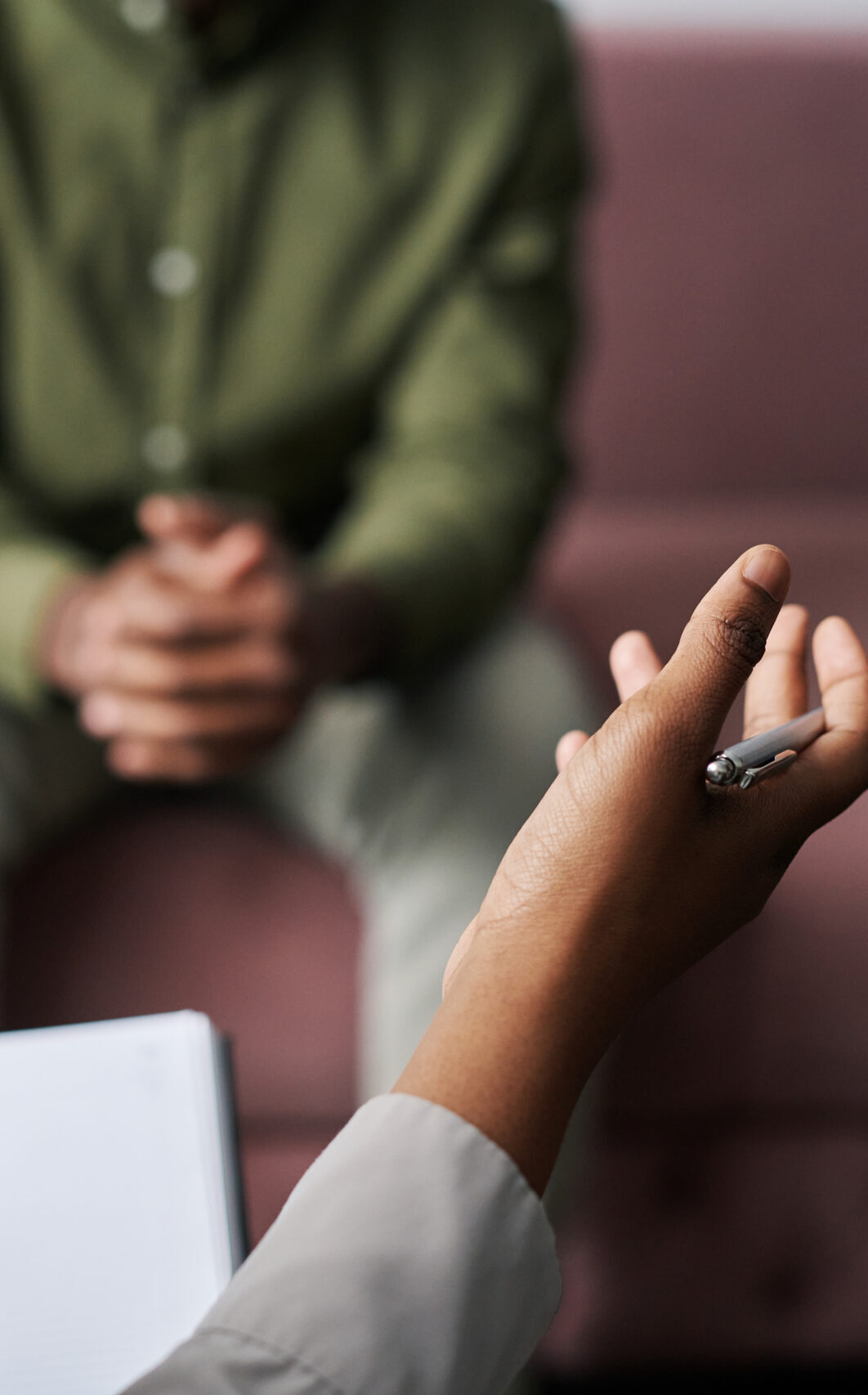Juvenile Review Board (JRB)
What is the JRB?
The Urban Community Alliance’s New Haven Juvenile Review Board (JRB) is a youth diversionary program catered to redirecting youthful offenders from the Juvenile Justice System. The JRB places an emphasis on a “Restorative Justice” Model through programming, supervision, and other supports in place to assist youth participants throughout their time of service. Please note, JRB is not a punitive program but rather a safe space to encourage all youth to make responsible and sound decisions when faced with adversity while in their respective communities.
What are the demographics of the program?
Ages 11 to 17
Referral Sources: Juvenile Courts, Police Departments, Educational Institutions, and Family Referrals.
No Felony or Sexual Related Offenses.
What Does JRB Offer?
JRB offers youth support in job readiness, life skills, stipend employment opportunities, internships, tutoring and other subsidized employment opportunities not otherwise available in the community. In addition to these programs, we extend Treatment Services which may include evaluation, counseling services, mentoring and mediation support.
Why would referral agencies refer youth to a diversion program?
- More appropriate response than confinement.
- Serves as a productive way of addressing and preventing future delinquency, thus reducing recidivism.
- It grants youth the chance to alter their trajectory and decision making moving forward without unnecessary and long- lasting punitive consequences.
- Processing youth through the juvenile justice system does more harm than good by perpetuating delinquency through a stigmatizing “labeling” process.

What does the New Haven JRB process look like?
1. The youth participant is thoroughly screened and assessed during the intake process
2. The family meets with a review board (panel) of community members, to discuss the pending offense(s). Once properly assessed, the review board [with the assistance of parents/guardians] creates a strength-based diversion plan that youth participant can work towards until their closeout period.
3. As the youth participant’s close out period approaches, the youth participant would be successfully discharged from the New Haven JRB program, along with the pending offense being dismissed from the youth participant’s juvenile record.
How can community members get involved with the New Haven JRB?
Community members can support the New Haven JRB by volunteering on review panels. Community Volunteers benefit by engaging with young people, offering understanding, and listening to the circumstances which led to crimes – circumstances like absenteeism, having no social activities, mental health, disengagement, and financial hardships.
When volunteers share their input, we work together as a unit and offer a platform that allows these families a chance to speak with others who are willing to assist them.
Please email the panel applications to Program Manager Victor Jones (victor.jones@ucainc.org)
Restorative Justice
Restorative Justice model:
UCA implements Balanced and Restorative Justice as the conceptual framework, based on specific values and principles, that defines and guides the activities employed to translate these values into practice. Restorative justice provides an alternative to the punishment and offender rehabilitation approaches to delinquency, although it does not eliminate the appropriate use of confinement and treatment.
These are the 11 key principles of the Balanced and Restorative Justice philosophy which provides the framework for the New Haven JRB:
- Crime is an injury.
- Crime hurts victims, communities, and juvenile offenders and creates an obligation to make things right.
- All parties should be a part of the response to the crime, including the victim if he or she wishes, the community, and the juvenile offender.
- The victim’s perspective is central to deciding how to repair the harm caused by the crime.
- Accountability for the juvenile offender means accepting responsibility and acting to repair the harm done.
- The community is responsible for the well-being of all its members, including both victims and offenders.
- All human beings have dignity and worth.
- Restoration or repairing the harm and rebuilding relationships in the community is the primary goal of juvenile justice.
- Results are measured by how much repair was done rather than by how much punishment was inflicted.
- Crime control cannot be achieved without active involvement of the community.
- The juvenile justice process is respectful of different cultures and backgrounds—whether racial, ethnic, geographic, religious, economic, age, abilities, family status, sexual orientation, or other—and all are given equal protection and due process.

